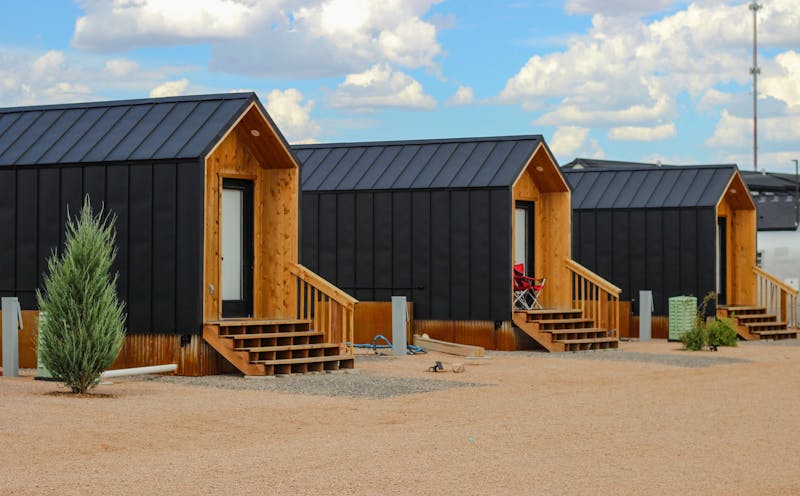Modern Prefab Homes in Europe: Contemporary and Affordable Options
Modern prefab homes have gained significant traction across Europe, offering a blend of contemporary design and cost-efficiency. These homes, constructed in controlled factory environments and later assembled on-site, have become a viable alternative to traditional housing. Their appeal lies in their streamlined construction processes, affordability, and adaptability to various architectural styles.

Prefabrication also addresses growing concerns about sustainability by reducing construction waste and energy consumption.
In Europe, where urbanization and housing demands are constantly increasing, prefab homes present an innovative solution. They cater to diverse preferences, from minimalist Scandinavian aesthetics to more intricate modern designs seen in urban hubs. Coupled with advancements in technology and materials, these homes are no longer viewed as temporary or low-quality structures but as premium options that meet the expectations of modern homeowners.
The Advantages of Modern Prefab Homes
Prefab homes provide numerous benefits compared to conventional construction methods. Since these homes are built in factories, weather delays and other on-site challenges are minimized, leading to faster completion times. Some prefab homes can be constructed and installed within weeks, whereas traditional builds may take several months or even years.
- Cost-Effective: Prefab homes typically cost less than traditionally built houses due to economies of scale and reduced labor costs.
- Customization: Buyers can choose from a variety of layouts, finishes, and materials tailored to their tastes.
- Sustainability: Many prefab manufacturers prioritize eco-friendly materials and energy-efficient designs.
These factors make prefab homes an attractive option for first-time buyers, families seeking affordable housing solutions, or anyone looking for a modern living space without breaking the bank.
Diverse Styles Across Europe
Europe’s rich architectural diversity is reflected in its prefab housing market. Scandinavian countries lead the way with sleek designs emphasizing functionality and natural light. Germany and Austria focus on energy efficiency through Passive House standards often incorporated into prefab designs. Meanwhile, in southern Europe, warmer climates inspire open-plan layouts with features such as large windows and shaded outdoor areas.
Some notable companies shaping the European prefab market include:
- WeberHaus: A German firm known for its eco-friendly prefabs adhering to Passive House standards.
- Huf Haus: Specializing in timber-framed homes with innovative designs.
- BoKlok: A collaboration between IKEA and Skanska offering affordable yet stylish homes across Europe.
The Role of Technology in Prefab Housing
The incorporation of advanced technologies has significantly enhanced the appeal of prefab homes. Computer-aided design (CAD) tools enable precise customization options for homeowners while ensuring structural integrity. Innovations like 3D printing are also beginning to influence the industry by allowing rapid production of specific components.
Smart home integration is becoming a standard feature in many modern prefabs. From energy-efficient heating systems to automated lighting controls, these technological enhancements align with the growing demand for sustainable and connected living environments.
Challenges Facing the Prefab Industry
Despite their many advantages, prefab homes face certain challenges that hinder wider adoption. Zoning laws and building regulations vary significantly across Europe, complicating the approval process for some homeowners. Another barrier is public perception; while attitudes are changing, some still associate prefab housing with outdated or low-quality structures.
The initial cost of land acquisition can also deter potential buyers, particularly in urban areas where prices remain high. Ongoing efforts by governments and manufacturers aim to address these hurdles through subsidies and awareness campaigns promoting the benefits of prefabricated living spaces.
Modern prefab homes are redefining housing across Europe by merging affordability with contemporary design principles. Their growing popularity stems from their ability to meet diverse lifestyle needs while addressing critical issues such as sustainability and cost-efficiency. As technology continues to advance and societal perceptions evolve, prefab housing is likely to solidify its position as a mainstream option for European homeowners seeking innovative solutions for modern living.
